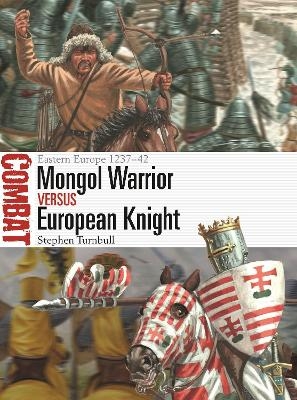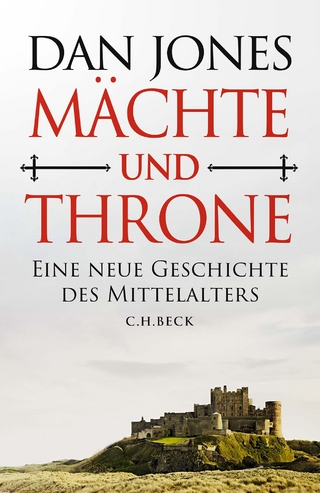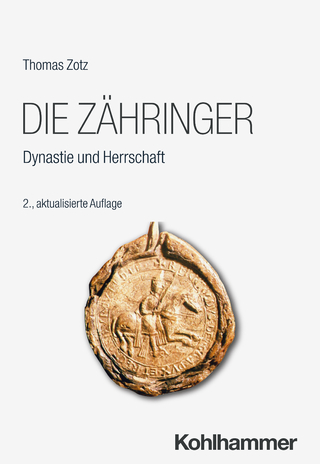
Mongol Warrior vs European Knight
Eastern Europe 1237–42
Seiten
2023
Osprey Publishing (Verlag)
978-1-4728-4913-7 (ISBN)
Osprey Publishing (Verlag)
978-1-4728-4913-7 (ISBN)
Featuring specially commissioned artwork and maps, carefully chosen illustrations and insightful analysis, this book examines the legendary Mongol warriors and their vastly different European opponents.
Having conquered much of Central Asia by 1237, the Mongols advanced into the northern Caucasus. The fall of several key centres such as Riazan and Vladimir was followed by Mongol victory at Kiev. Moving west, in 1241 two Mongol armies achieved stunning victories at the battles of Liegnitz in Poland and the Sajo River (Mohi) in Hungary, before suffering their only reverse of the campaign at the fortress of Klis. The Mongol forces regrouped in Hungary to prepare for a further advance into Austria and Germany, but the death of their leader, Ogedei Khan, meant that his generals were required to return to Mongolia to choose a successor. Smaller Mongol forces would return to raid in the years to come, but never again would Western Europe be threatened as it was in 1242.
Fully illustrated, this innovative study of the forces that clashed during the Mongol invasion of Europe between 1237 and 1242 allows a comparison to be made between the all-conquering nomad horsemen of the steppes and the mounted knights of the West.
Having conquered much of Central Asia by 1237, the Mongols advanced into the northern Caucasus. The fall of several key centres such as Riazan and Vladimir was followed by Mongol victory at Kiev. Moving west, in 1241 two Mongol armies achieved stunning victories at the battles of Liegnitz in Poland and the Sajo River (Mohi) in Hungary, before suffering their only reverse of the campaign at the fortress of Klis. The Mongol forces regrouped in Hungary to prepare for a further advance into Austria and Germany, but the death of their leader, Ogedei Khan, meant that his generals were required to return to Mongolia to choose a successor. Smaller Mongol forces would return to raid in the years to come, but never again would Western Europe be threatened as it was in 1242.
Fully illustrated, this innovative study of the forces that clashed during the Mongol invasion of Europe between 1237 and 1242 allows a comparison to be made between the all-conquering nomad horsemen of the steppes and the mounted knights of the West.
Stephen Turnbull is one of the world’s leading English-language authorities on samurai culture and has also written widely on the Mongol Empire and the Teutonic Order at war, including Warrior 84 Mongol Warrior 1200–1350, Fortress 11 Crusader Castles of the Teutonic Knights (1) and Fortress 19 Crusader Castles of the Teutonic Knights (2). Giuseppe Rava has established himself as a leading military history artist. He lives and works in Italy.
Introduction
The Opposing Sides
Liegnitz, 9 April 1241
Muhi, 1241
Esztergom and Székesfehérvár, 1242
Analysis
Aftermath
Bibliography
Index
| Erscheinungsdatum | 02.02.2023 |
|---|---|
| Reihe/Serie | Combat |
| Illustrationen | Giuseppe Rava |
| Zusatzinfo | Colour artwork plates and maps; black & white and colour photographs and illustrations. |
| Sprache | englisch |
| Maße | 184 x 248 mm |
| Themenwelt | Geschichte ► Allgemeine Geschichte ► Mittelalter |
| Geisteswissenschaften ► Geschichte ► Regional- / Ländergeschichte | |
| Geschichte ► Teilgebiete der Geschichte ► Militärgeschichte | |
| ISBN-10 | 1-4728-4913-2 / 1472849132 |
| ISBN-13 | 978-1-4728-4913-7 / 9781472849137 |
| Zustand | Neuware |
| Informationen gemäß Produktsicherheitsverordnung (GPSR) | |
| Haben Sie eine Frage zum Produkt? |
Mehr entdecken
aus dem Bereich
aus dem Bereich
eine neue Geschichte des Mittelalters
Buch | Hardcover (2023)
C.H.Beck (Verlag)
38,00 €


